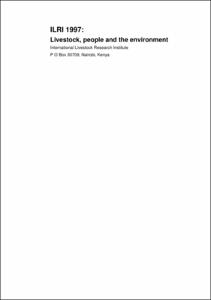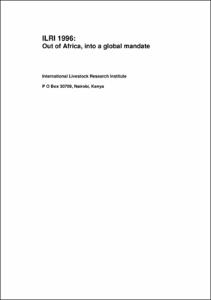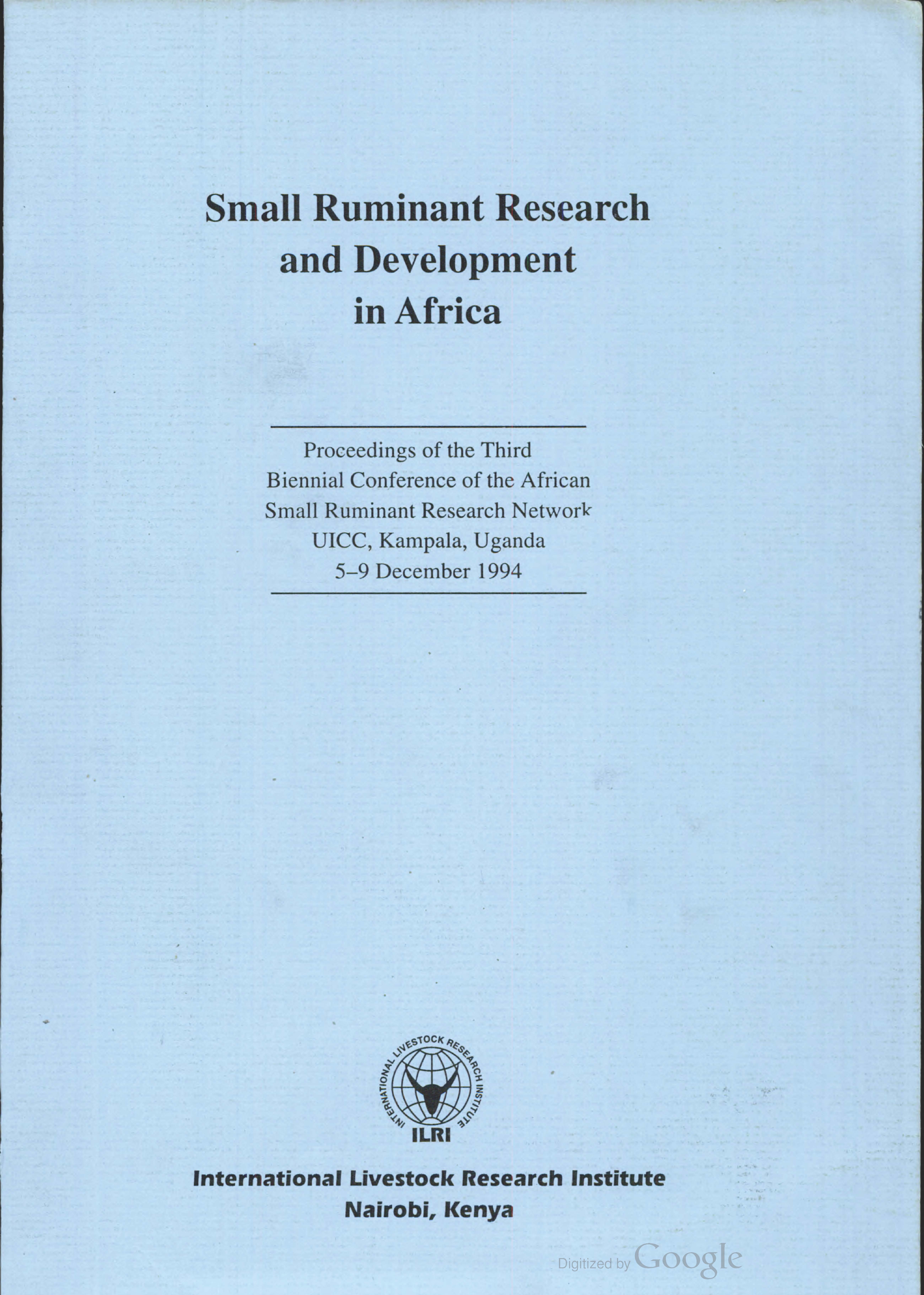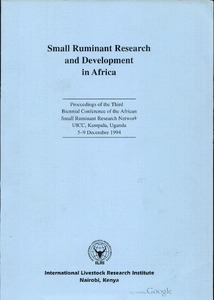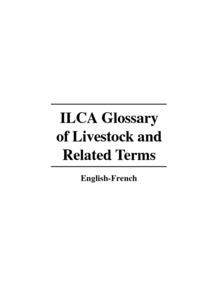Location
Vision, mission and strategy
ILRI's strategy 2013-2022 was approved in December 2012. It emerged from a wide processof consultation and engagement.
ILRI envisions... a world where all people have access to enough food and livelihood options to fulfil their potential.
ILRI’s mission is... to improve food and nutritional security and to reduce poverty in developing countries through research for efficient, safe and sustainable use of livestock—ensuring better lives through livestock.
ILRI’s three strategic objectives are:
- with partners, to develop, test, adapt and promote science-based practices that—being sustainable and scalable—achieve better lives through livestock.
- with partners,to provide compelling scientific evidence in ways that persuade decision-makers—from farms to boardrooms and parliaments—that smarter policies and bigger livestock investments can deliver significant socio-economic, health and environmental dividends to both poor nations and households.
- with partners,to increase capacity among ILRI’s key stakeholders to make better use of livestock science and investments for better lives through livestock.
This is ILRI’s second ten-year strategy. It incorporates a number of changes, many based on learning from the previous strategy (2000–2010, initially produced in 2000 and modified in 2002), an interim strategy (2011–2012) and an assessment of the external and internal environments in which the institute operates.
Members:
Resources
Displaying 946 - 950 of 1152ILRI 1996. Out of Africa, into a global mandate
ILRI's mandate encompasses international livestock research through the developing world. This report makes the connection between research by ILRI and its partners and the needs of poor farmers in developing countries. The assessment of Asian animal agriculture indicates that the most significant and sustainable increases in livestock production are likely to come from mixed crop-livestock systems in rainfed and irrigated areas in South Asia.
Small ruminant management practices and control of helminthosis under traditional production systems in the cool Ethiopian highlands
Formulation of cost-effective preventive control programmes for helminth infection in small ruminants should be based on sound epidemiological knowledge of the time relationship between contamination of pastures and the seasonal availability of infective larvae in a given geographic area. Epidemiological data generated from an on-station experiment involving the use of tracer lambs and monitoring of pasture contamination levels in the central Ethiopian highlands clearly showed a distinct seasonal pattern of nematode infection in sheep.
Small ruminant research and development in Africa: proceedings of the Third Biennial Conference of the African Small Ruminant Research Network : UICC, Kampala, Uganda, 5-9 December 1994
This volume contains papers and abstracts of the Third Biennial Conference of the African Small Ruminant Research Network. In addition to the keynote address, there are nine papers on Genetic Resources Enhancement and Utilisation, seven papers on Production Systems, Policy and Economics, six papers on Management and Health, 12 papers and Feeding Systems and 10 papers on Performance and Reproduction. Six poster abstracts covering the above topics add to the volume.
ILCA glossary of livestock and related terms. English-French
This handy glossary (giving French equivalents of alphabetically listed English terms but not vice versa), was compiled by staff at the ILCA French Copy Unit in Addis Ababa over a period of more than 10 years, and is sure to become a most useful aid for translators, interpreters and scientists working in the various fields of animal agriculture (including feed crop production).


